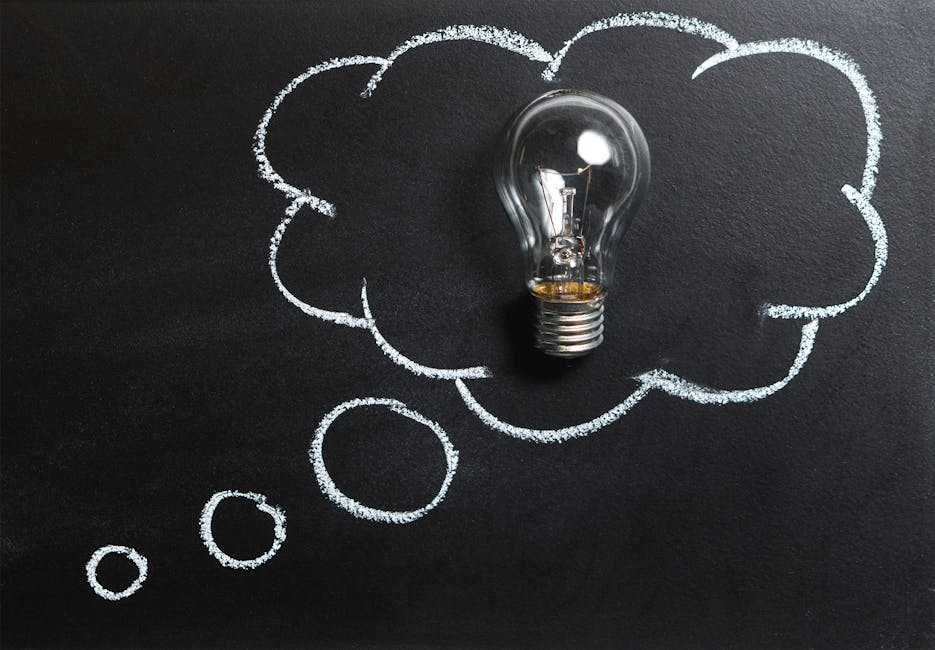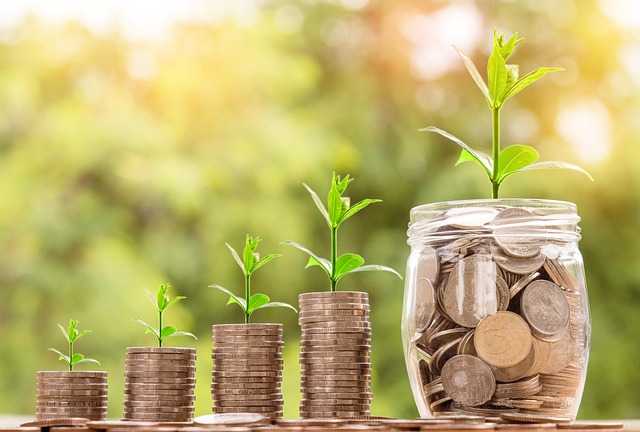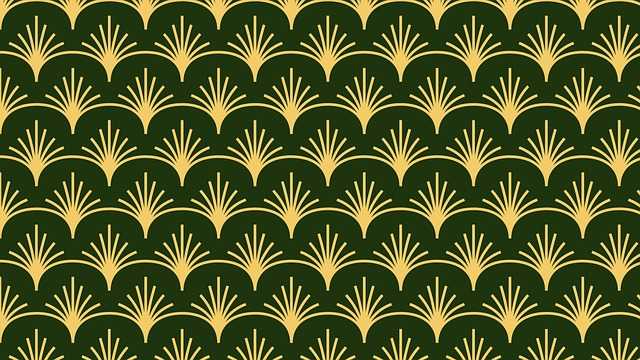Table of Contents
- Exploring the Concept of Beauty in Modern Art
- Understanding the Subjectivity of Aesthetic Appeal
- Challenging Conventional Norms Through Intentional Discomfort
- Finding Value in the Unconventional
- tips for Appreciating the Depth of Modern Art Creations
- Q&A
- to wrap It Up


Exploring the Concept of Beauty in Modern Art
Beauty, as interpreted in modern art, frequently enough defies traditional standards, challenging us to expand our understanding of aesthetics. Artists today embrace a variety of media and styles, often prioritizing ideas and emotions over conventional notions of beauty.For many, this shift could be viewed as a departure from the past, where beauty was synonymous with realism and form. Rather, modern art presents an array of forms that prompt us to contemplate deeper qualities and derive meaning, regardless of their inherent attractiveness.
- Conceptual Focus: Many contemporary pieces emphasize the concept behind the artwork rather than its visual appeal.
- Emotional Response: Artworks can provoke intense feelings, making the ‘ugliness’ an integral part of the experience.
- Material Experimentation: Artists frequently use unconventional materials that challenge traditional definitions of beauty.
In examining notable examples, we can see how artists navigate between beauty and emotional depth. As an example, the use of mixed media or found objects in installations may initially appear jarring but invites viewers to explore the context and narrative behind each piece.The aesthetics of discomfort, whether through bold colors or stark contrasts, can illuminate societal issues or personal introspections. This evolution in artistic expression encourages audiences to engage with the artwork on a cerebral level, revisiting their preconceived notions of what beauty truly signifies in the modern world.
| Artist | artwork | Concept |
|---|---|---|
| Banksy | Girl with a Balloon | The fleeting nature of hope and love |
| Yoko Ono | Cut Piece | The vulnerability of the human condition |
| Damien Hirst | The Physical Impossibility of Death in the Mind of Someone living | Confrontation with mortality and existence |
Understanding the Subjectivity of Aesthetic Appeal
The perception of beauty in modern art often lies in the eye of the beholder, with opinions oscillating between admiration and disdain. What one person might deem a profound expression of creativity, another may simply see as chaotic or unappealing. This diversity of opinion stems from a variety of factors that influence our aesthetic experiences, including cultural background, personal experience, and educational exposure. Each influence contributes to the intricate tapestry of human understanding,prompting us to question: is there a universal standard for beauty? Or is it merely a construct molded by societal norms and individual taste?
Furthermore,modern art often challenges traditional notions of aesthetics,inviting audiences to engage with pieces that may initially seem disjointed or unattractive. This tension creates a rich dialog, allowing viewers to reflect on their values and biases concerning art. Some artists embrace this challenge, intentionally pushing boundaries to provoke thought rather than to please. The result can be polarizing, making us ponder whether discomfort in art is indicative of its failure or an opportunity for deeper introspection.
A table can illustrate how differing contexts can shape aesthetic evaluations:
| Context | Perception of Art |
|---|---|
| Cultural Influence | Varied interpretations based on differing values and traditions. |
| Art Education | A deeper knowledge may uncover layers of meaning, affecting gratitude. |
| Personal Experience | Life experiences can heavily skew one’s perspective on beauty and meaning. |
In essence, the subjectivity of aesthetic appeal in modern art reflects the complexities of human emotion and cognition. By understanding this subjectivity, we can foster greater appreciation for the myriad ways in which art interacts with our lives, empowering us to engage more fully with artworks that challenge our perceptions, and ultimately expanding the conversations around what constitutes beauty.


Challenging Conventional Norms Through Intentional Discomfort
In the world of contemporary art, pushing boundaries frequently enough involves delving into what might be perceived as uncomfortable or jarring aesthetics.Artists who challenge societal expectations frequently utilize intentional discomfort as a tool for provoking thought and stimulating dialogue. This approach does not shy away from the unpleasant; rather,it embraces it as a vital component of artistic expression. By doing so, thes creators invite audiences to reconsider their preconceived notions of beauty and aesthetics, leading to a broader understanding of art’s role in reflecting human experience.
Some artists purposefully incorporate elements that may be deemed “ugly” or controversial to elicit strong emotional responses. This strategy can manifest in various forms, including:
- Distorted figures that challenge traditional representations.
- Bold color contrasts that unsettle rather than soothe.
- Unconventional materials that confront viewers with their rawness.
The discomfort experienced by viewers can act as a catalyst for deeper reflection and conversation about the nature of art itself. By confronting what many might initially dismiss as unappealing, audiences are encouraged to explore their own biases and assumptions. This opens up a dialogue around:
- The definition of beauty in art and life.
- Societal norms that dictate our cultural aesthetic preferences.
- The potential for art to serve as a mirror reflecting uncomfortable truths.


Finding Value in the Unconventional
Much of modern art challenges our perception of beauty and aesthetics. This defiance can be seen as an invitation to explore deeper themes that resonate with the human experience.Artists often leave aside traditional techniques in favor of emotion and rawness, creating works that can be perceived as jarring or even unattractive. Yet, within these unconventional pieces lies a spectrum of value waiting to be uncovered.
Consider how these artworks provoke reactions and stimulate conversation. They may use unexpected materials or adopt an abstract approach that, at frist glance, seems nonsensical. However, the essence of modern art often lies in its ability to challenge viewers to reflect on their own thoughts and feelings about what they see. Many find meaning through:
- emotional Resonance: Art that stirs strong feelings,whether discomfort or intrigue.
- Cultural Commentary: Works that address social issues and provoke critical thinking.
- Personal Interpretation: The beauty of ambiguity allows viewers to find their own significance.
While conventional beauty may elude modern art, it inadvertently offers value through its revolutionary nature. One intriguing way to examine this is through the contrasts presented in a simplistic table of traditional versus modern approaches:
| Traditional Art | Modern Art |
|---|---|
| Focus on technical skill | Emphasis on concepts and feelings |
| Defined subject matter | Open to interpretation |
| Classical materials and techniques | Repurposing everyday materials |
By exploring these distinctions, one may find that what initially appears “ugly” can indeed possess a unique and compelling beauty. In recognizing the value of the unconventional, we can embrace a broader, more inclusive understanding of art and creativity that reflects the diverse tapestry of human expression.


Tips for Appreciating the Depth of Modern Art Creations
To truly understand and appreciate the nuances behind modern art, it’s essential to engage with the piece on a personal level. Allow yourself to be curious-what emotions does it evoke? Embrace the ambiguity,as it often reflects the complexities of contemporary life. Instead of dismissing a piece as merely ”ugly,” channel your energy into exploring its themes and context. Ask yourself questions like:
- What message does the artist aim to convey?
- How does the use of color affect the composition?
- Does the medium change my perception of the work?
Another vital aspect is context. Modern art often thrives on cultural commentary, so take the time to learn about the historical and societal backgrounds that influence the artwork. for instance, understanding the concept of postmodernism can shed light on the intentions behind certain chaotic designs that might initially seem perplexing. Delve into the artist’s biography, their inspirations, and the movements they are associated with, as it provides a richer framework for appreciation.
consider how modern art invites interaction. Many pieces are designed to challenge traditional perceptions of beauty and provoke thought. Don’t shy away from sharing your interpretations with others or engaging in discussions that may evolve your understanding. Participating in such dialogues can unveil fresh perspectives. Below is a simple comparison that illustrates how different perspectives can shift our understanding of modern art:
| Perspective | Interpretation |
|---|---|
| Initial Reaction | Discomfort or confusion about the aesthetic. |
| Deeper Analysis | A revelation of complex societal issues. |
| Emotional Response | A connection to personal experiences or memories. |
Q&A
Q&A: The Complex Relationship Between Modern Art and Aesthetics
Q: Why do some people consider modern art to be ‘ugly’?
A: the perception of ugliness in modern art frequently enough stems from its departure from traditional aesthetics.Many modern artists prioritize concept and expression over conventional beauty, which can leave some viewers feeling challenged or unsettled. Works that incorporate chaotic forms, bold colors, and abstract shapes can strike as disconcerting, leading to the label of “ugly.”
Q: What defines modern art?
A: Modern art encapsulates a broad range of artistic styles and movements that developed from the late 19th century to the mid-20th century.It is characterized by a break from traditional representation, embracing experimentation. Key movements include Cubism, Surrealism, and Abstract Expressionism, where the emphasis lies on personal perspective and emotion rather than realistic representation.
Q: Can ‘ugliness’ in modern art serve a purpose?
A: Yes! Oftentimes, what is labeled as ‘ugly’ challenges viewers to confront uncomfortable emotions or societal issues. Artists use elements that disturb or provoke as a way to stimulate conversation, allowing their work to transcend mere aesthetics and engage with deeper themes of identity, social justice, or the human experience.
Q: Are there any benefits to embracing ‘ugly’ art?
A: Absolutely! Embracing what is deemed ‘ugly’ can broaden our understanding of beauty itself. It encourages critical thinking and emotional exploration,allowing audiences to experience a wider spectrum of human feelings. Works that may seem ugly can resonate deeply, sparking personal reflection and dialogue about artistic intention and societal norms.
Q: How should one approach modern art to avoid dismissing it as ugly?
A: A mindful approach is key. Begin by understanding the context behind the work-its historical background, the artist’s intentions, and the movement it represents.Engage with the artwork on a personal level; ask yourself what emotions it evokes or what thoughts it provokes. This shift in perspective can open pathways to appreciation, even for pieces that initially appear unattractive.
Q: Is there a definitive standard for beauty in art?
A: There’s no universal standard for beauty in art. What resonates as lovely for one person may be perceived as ugly by another. The diversity of opinions is what enriches our collective experience of art. in modern art, the focus lies more on individual interpretation rather than conforming to established beauty norms.
Q: What are some famous examples of modern art that have been labeled ugly?
A: Notable examples include Pablo Picasso’s ”Les Demoiselles d’Avignon,” which was initially criticized for its fragmented forms, and Marcel duchamp’s “Fountain,” a urinal that shocked the art world. Both pieces challenged traditional aesthetics and sparked debates about the very definition of art itself.
Q: In what ways is the conversation about ‘ugly’ modern art evolving today?
A: The dialogue surrounding modern art is increasingly inclusive, with more audiences recognizing the value of subjective interpretations. As cultural norms change, what was once deemed ugly can begin to be understood as innovative or profound.Contemporary artists continue to push boundaries, and as viewers, our perceptions evolve in tandem with these endeavors.
This multifaceted conversation indicates a growing appreciation for the diverse expressions found in modern art, encouraging all to look beyond appearances and engage thoughtfully with the world of creativity.
